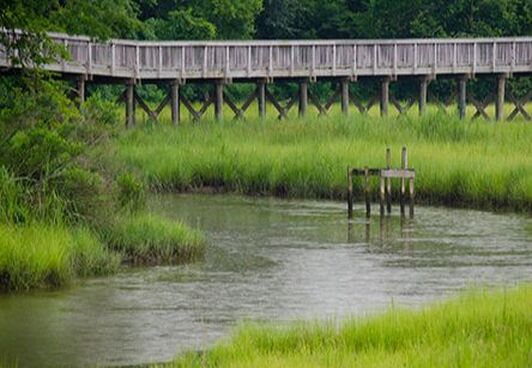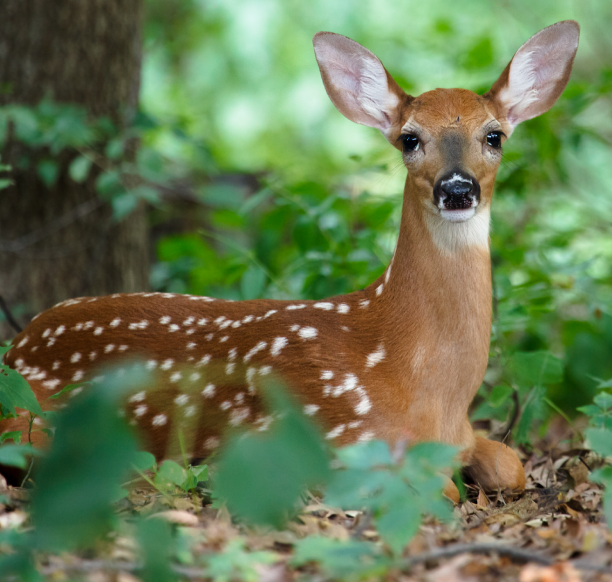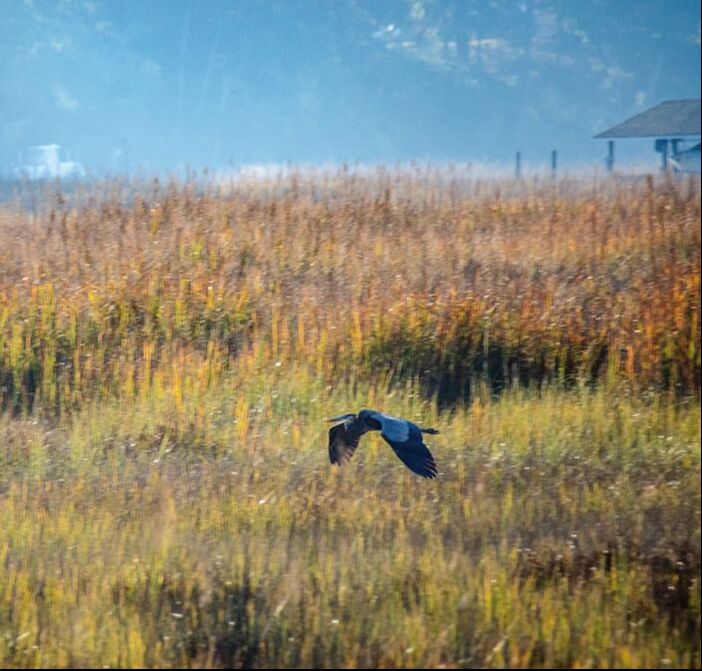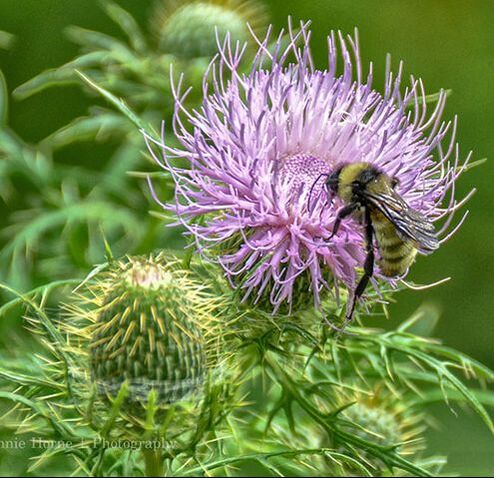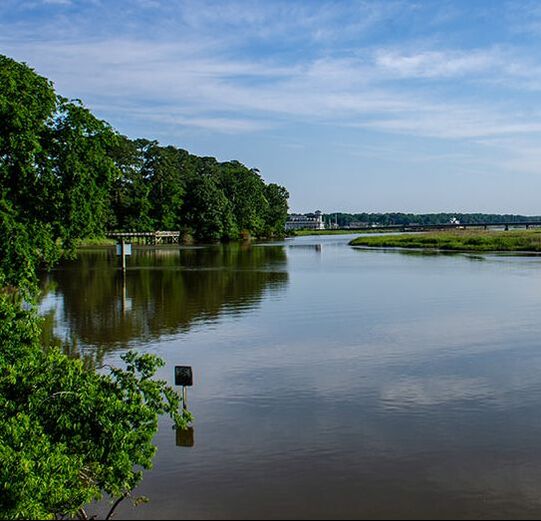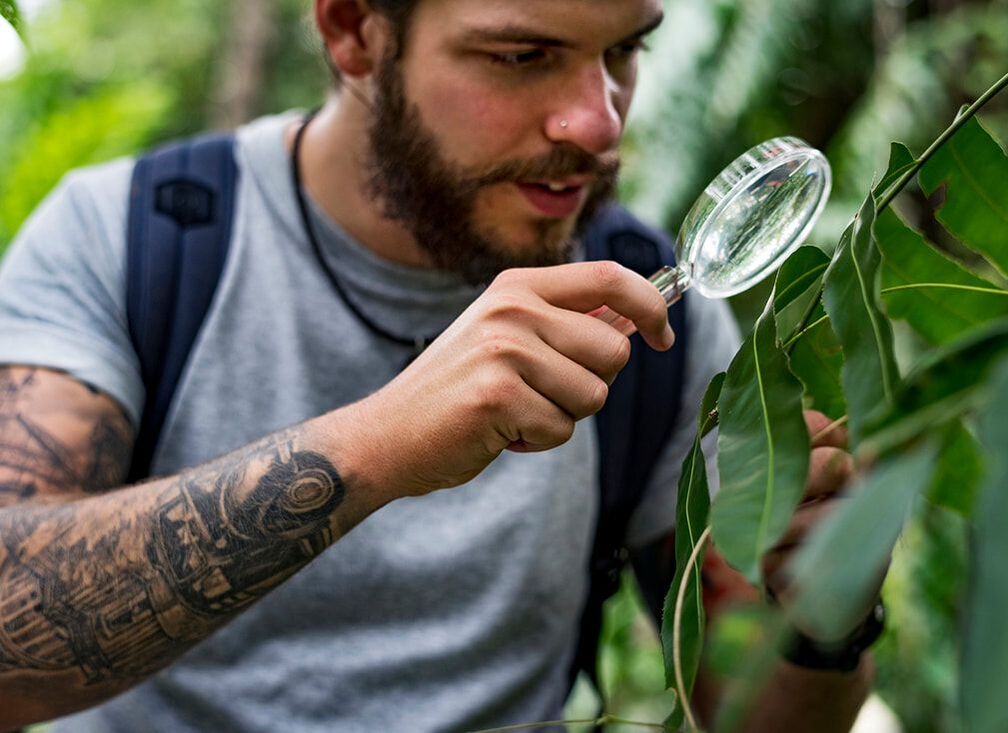An online guide to the natural resources of Windsor Castle Park.
Presented by the Historic Southside Chapter of Virginia Master Naturalists and the town of Smithfield, Virginia, "Nature in the Park" is a "virtual stroll" through the lush natural world of Windsor Castle Park, located in downtown Smithfield.
The website was developed and is maintained by the Virginia Master Naturalist Historic Southside Chapter and its sponsoring organizations.
The website was developed and is maintained by the Virginia Master Naturalist Historic Southside Chapter and its sponsoring organizations.
Historic Southside Chapter of the Virginia Master Naturalist ProgramThe Historic Southside Chapter is part of the Virginia Master Naturalist program, a corp of volunteers, providing education, outreach, and service dedicated to the beneficial management of natural resources and natural areas within their communities. The chapter was chartered in 2011 and serves the counties of Isle of Wight, Southampton, Surry, and Sussex, and the city of Franklin.
|
Windsor Castle Park,
|
IMMERSE YOURSELF IN NATURE.
|
Our online guide is easy to follow from home or while you're in the park. There are four sections to the guide, described below.
|
INTRODUCTIONThe introduction includes a quick overview of the guide, as well as a linked table of contents to use if you're looking for specific information on a particular topic.
|
FOUR HABITATSThis section will explore the four habitats found in the park: the marsh, forests, open fields and creeks. Here you'll find information and images on each of the habitats.
|
ORGANISMSThis section will introduce the diverse living things found in Windsor Castle Park including the mammals, birds, reptiles and amphibians, as well as the park's plant life.
|
GEOLOGYThis section will offer an overview on the rich geology of Windsor Castle Park, the vital foundation for the four habitats and the many organisms that live and thrive there.
|
Interested in learning more about the Master Naturalist Program?The Virginia Master Naturalist Program is a statewide corps of volunteers providing education, outreach, and service dedicated to the beneficial management of natural resources and natural areas within their communities. Interested Virginians become Master Naturalists through training and volunteer service.
|

